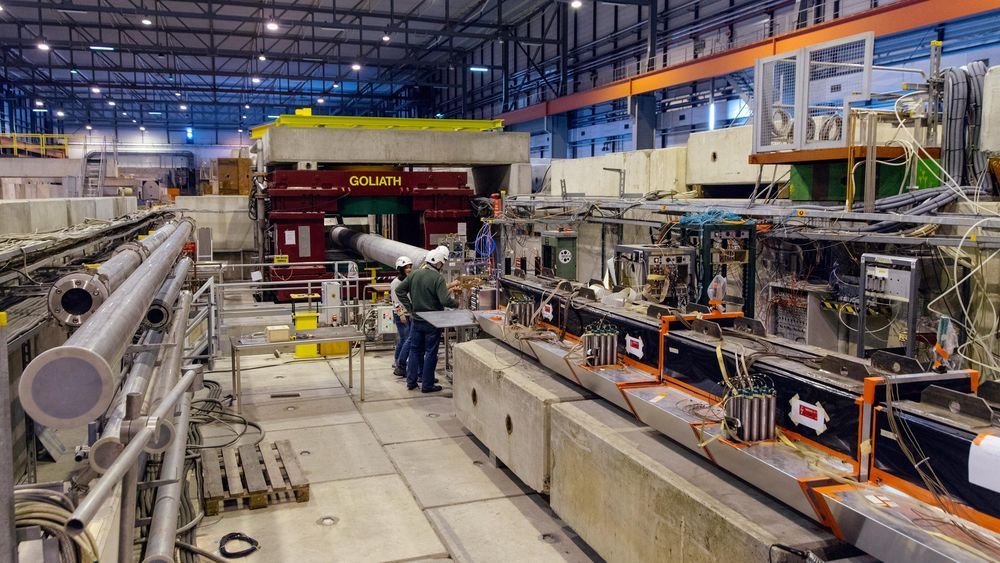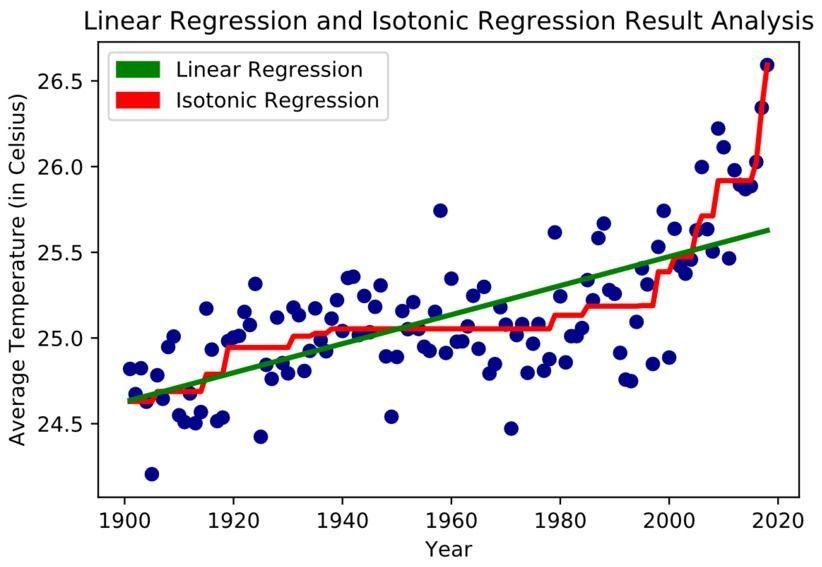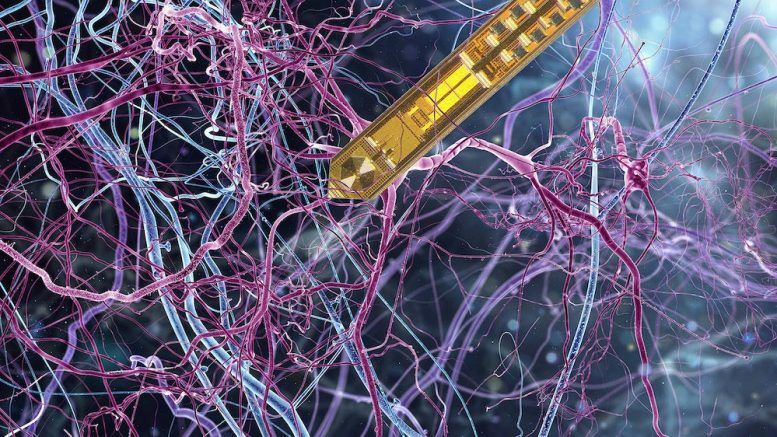Fresh evidence of an unknown particle that could carry a fifth force of nature gives the NA64 collaboration at CERN a new incentive to continue searches.
In 2015, a team of scientists spotted an unexpected glitch, or “anomaly,” in a nuclear transition that could be explained by the production of an unknown particle. About a year later, theorists suggested that the new particle could be evidence of a new fundamental force of nature, in addition to electromagnetism, gravity and the strong and weak forces. The findings caught worldwide attention and prompted, among other studies, a direct search for the particle by the NA64 collaboration at CERN.
A new paper (pdf) from the same team, led by Attila Krasznahorkay at the Atomki institute in Hungary, now reports another anomaly, in a similar nuclear transition, that could also be explained by the same hypothetical particle.





